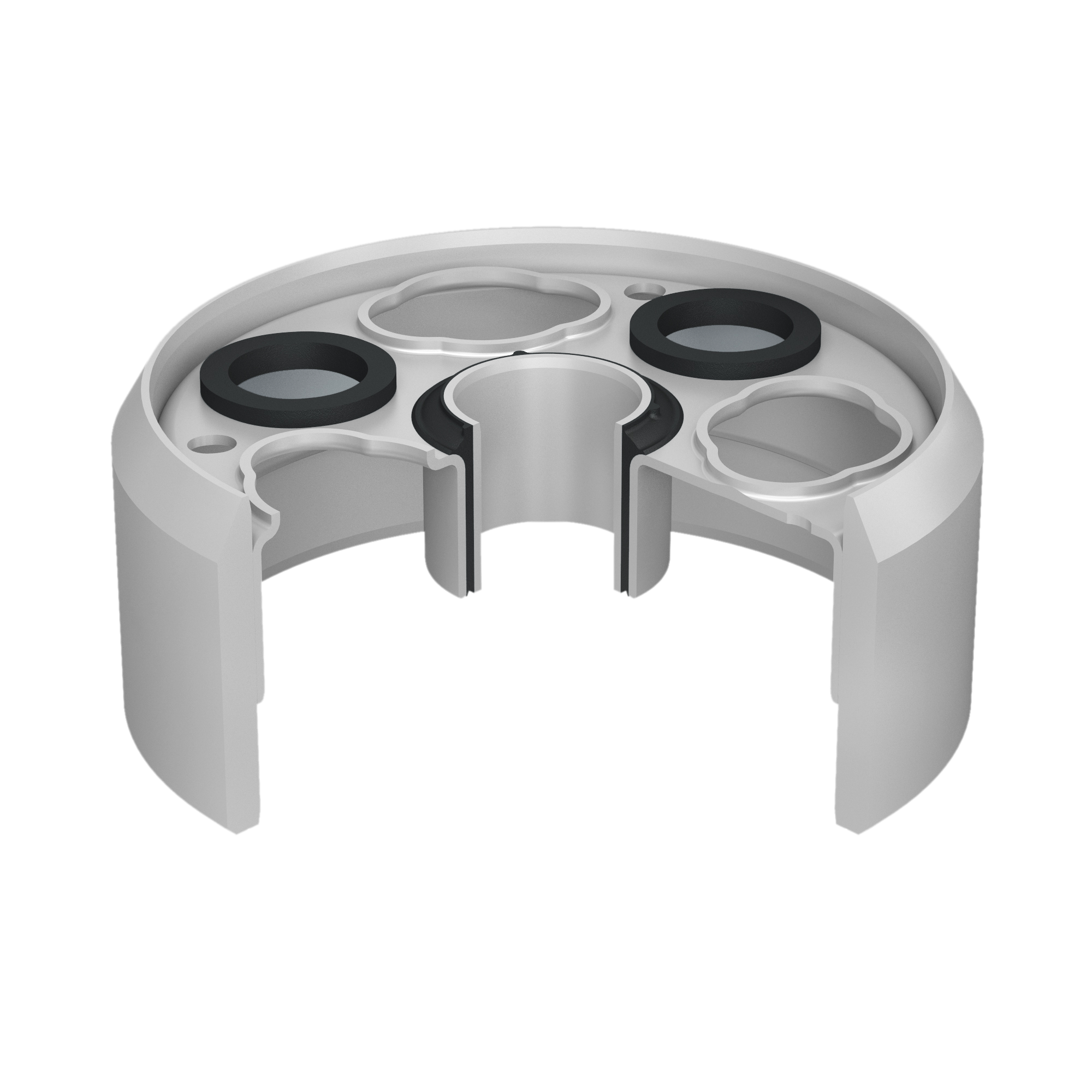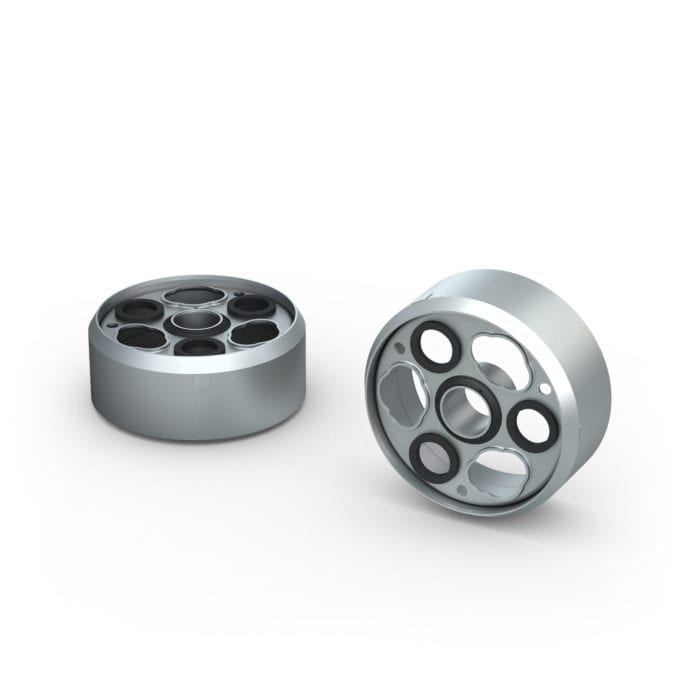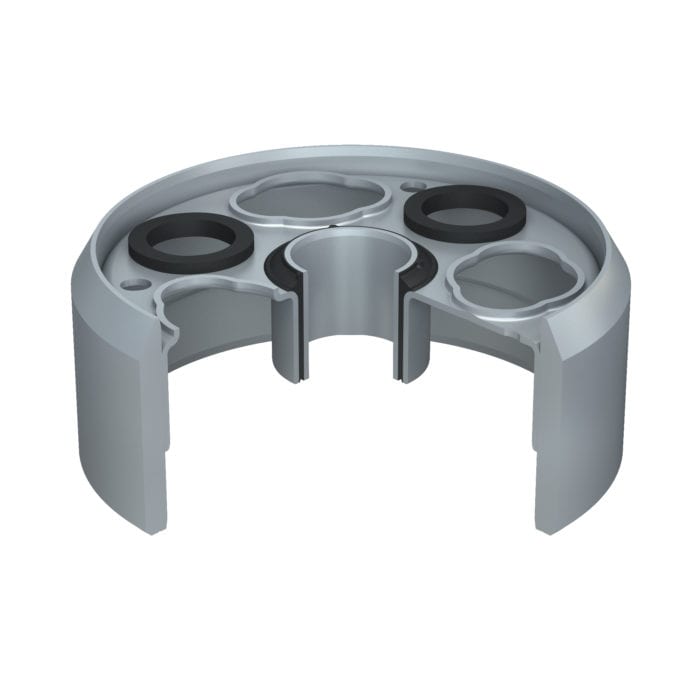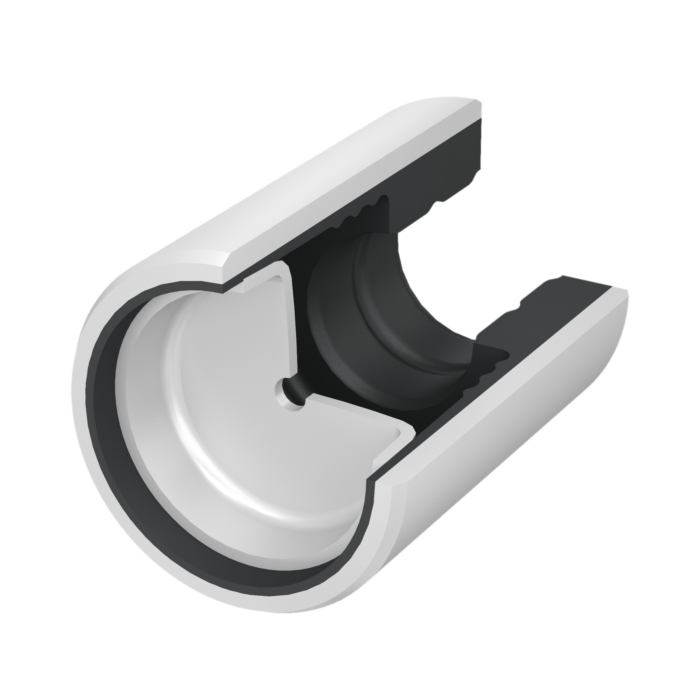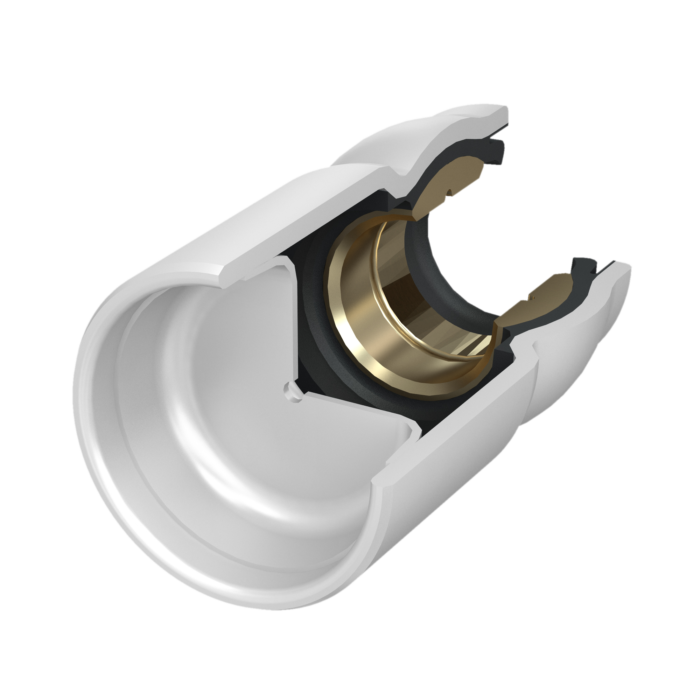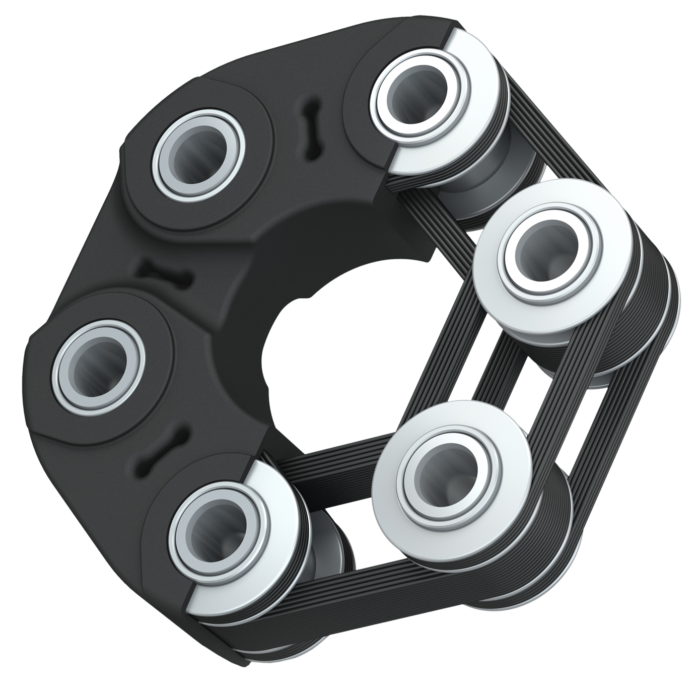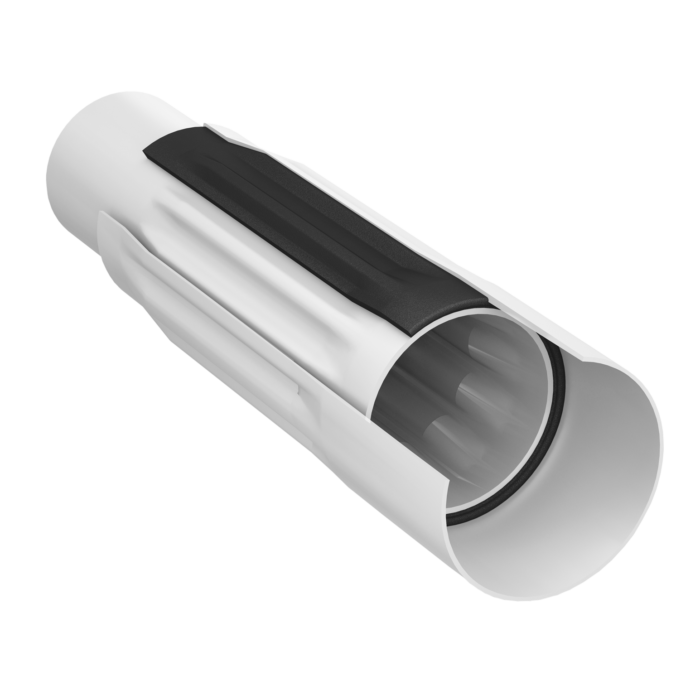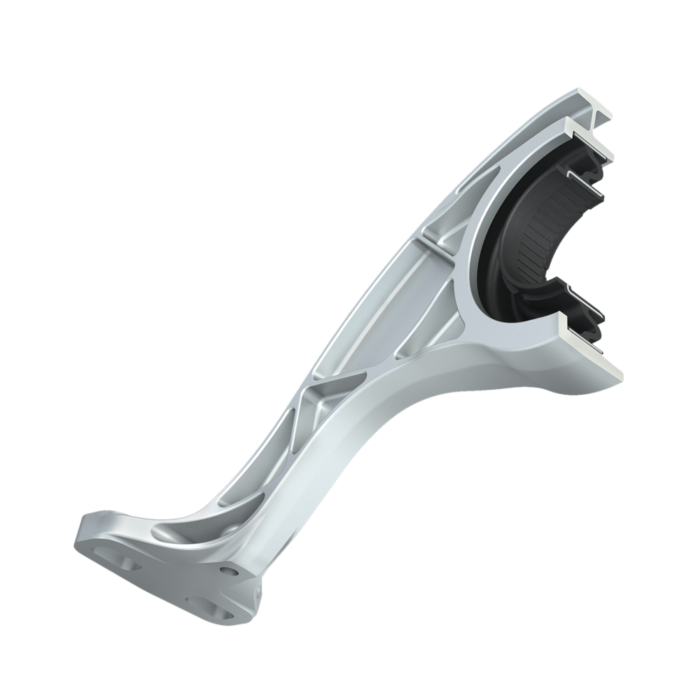Light Vehicle Products | Centering Devices, Isolators & Dampers | Power Train
Drive Shaft Dampers
Reduce or eliminate torsional vibrations and natural frequencies at the drive shaft
Reduce or eliminate torsional vibrations and natural frequencies at the drive shaft
A drive shaft damper consists of a hub, an elastomeric element and an inertia ring. The inertia ring design is optimized for the best balancing characteristics, inertia/weight ratio and small packaging requirements. For cost reasons it is recommended to use sheet metal parts for the hub and cast iron for the inertia rings.
About Centering Devices, Isolators & Dampers | Power Train
Centering devices, isolators and dampers solve vibration-related challenges deriving from the torque fluctuations and natural frequencies of the drive shaft in rear- and all-wheel drive vehicles, where the drive force must be transferred to the rear axle. Rotary dampers, flexible couplings and centering devices help counteract unwanted noise and vibrations from the drive shaft.
more
Our product portfolio includes flexible power train couplings and damping devices like the NRG-Disc (New Rubber Generation Disc), Tube-in-Tube or Drive Shaft Dampers. They smoothly transfer drive forces to the rear axle and reduce vibrations deriving from the torque fluctuations and natural frequencies of the drive shaft.
In addition to elastic decoupling elements, rotation dampers can be used to effectively reduce system-related resonance effects of the drive shaft.
Center Sleeves, Spherical Center Sleeves and Center Bearing Supports help align the drive shaft and allow flexible movements of the drive shaft while being constantly exposed to high rotational speeds.
In addition, when used as tuning parts already during the early development phase, isolators and dampers help improve the structural behavior of vehicle components and generate weight savings.

